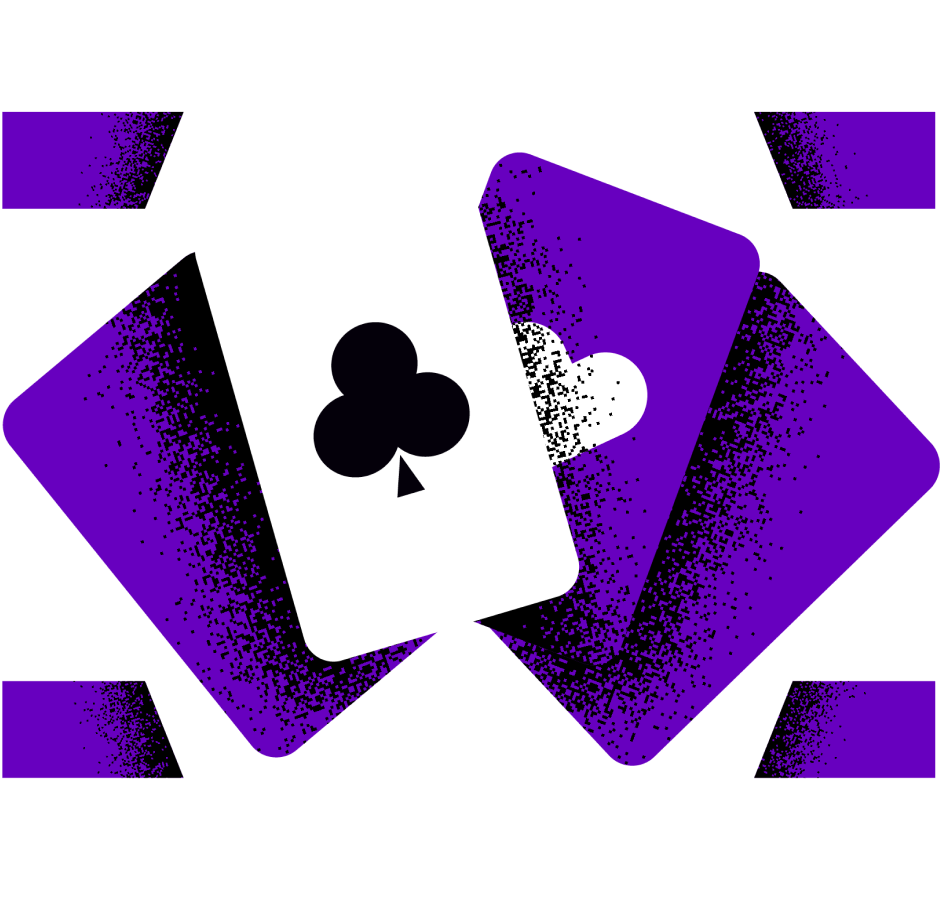NoMercy Monday: Understanding Drawing Odds
In this strategy series, CoinPoker’s Chief Community Manager and pro poker player Isabelle “No Mercy” Mercier walks you through the basics of the game. Each No Mercy Monday comes with expert advice on how to play, and it all starts with starting hands. ** Knowing how to play your starting hands, understanding the notion of … NoMercy Monday: Understanding Drawing Odds
Strategy
In this strategy series, CoinPoker’s Chief Community Manager and pro poker player Isabelle “No Mercy” Mercier walks you through the basics of the game. Each No Mercy Monday comes with expert advice on how to play, and it all starts with starting hands.
**
Knowing how to play your starting hands, understanding the notion of position, the art of bluffing, and being aggressive, are four concepts that are part of the most important strategies in No Limit Hold’em Poker.
We covered these topics in the first chapters of this series of tips, and we will now move on to studying a more serious, but crucial and necessary, chapter about calculations and pot odds.
It Starts with Understanding Drawing Odds
Welcome to the “mathematics” chapter of NoMercy Monday!
Please note that even though this topic may seem scary, you don’t have to be a math expert to understand these calculations and apply them to your game.
These formulas will give you answers that are close enough to the exact numbers, without going into extensive mathematics.”
In this first part of this Calculations and Pot Odds series, I will show you some very simple and effective ways to make poker calculations. These formulas will give you answers that are close enough to the exact numbers without going into complicated mathematics.
The basic thing that you need to know when you are drawing at a poker hand is how many “outs” you have. The outs are the number of cards remaining in the deck that will give you the winning hand.
In order to calculate your chances of hitting your outs you will need to try the following exercise:
- Every time you will see a flop with a drawing hand, you will count how many outs you have in order to complete your hand. [Example: when you have a flush draw with 2 spades in your hand the flop is showing 2 spades, that means there are 9 other spade cards in the deck]
- Once you have identified this number of outs, you will multiply this number by 4 on the flop, in order to know what your chances are of making your hand if you see the next two cards. [Example: 9 outs times 4 equals a 36% chance of you making your flush.]
- If you don’t hit one of your outs on the turn, you will now multiply your number of outs by 2 in order to know what your chances are of making your hand on the river.[Example: 9 outs times 2 equals 18% chances of making your flush when you miss an out on the turn.]
- Finally, remember to keep your eyes open on the turn card, as this card may open more outs for you before the river, so the number of outs you are multiplying by 2 may change after the flop!
We will elaborate more on the subject next week. In the meantime, try putting this x4 / x2 formula into practice and let us know how it works in the comments.
Also, don’t forget to join me weekly in the Hubble Bubble tournaments and Sunday’s Andromeda events to practice your skills and try to win my 10,000 CHP or 25,000 CHP bounties!
– Isabelle “No Mercy” Mercier
Explore More
CoinPoker
The best crypto poker room available. Play poker anywhere in the world through coinpokers app or desktop application. You will find an extensive poker game selection available
5 PostsHelp
Need help understand Crypto poker, how to deposit or withdraw crypto at coinpoker or create a coinpoker account, then this is the place
1 PostsNews
Find the latest poker news from coinpoker. Updates about games, promotions and other exciting crypto news.
130 PostsPromotions
Find the latest coinpoker promotions here. Explore the crypto poker world with the best poker promotions available.
51 Posts
















